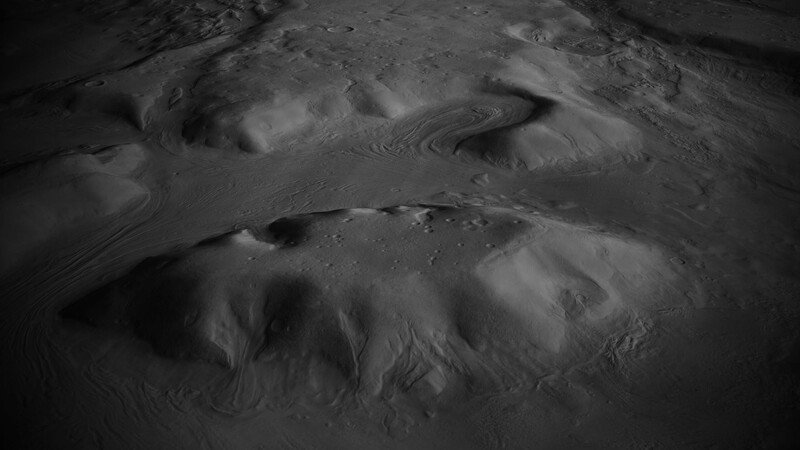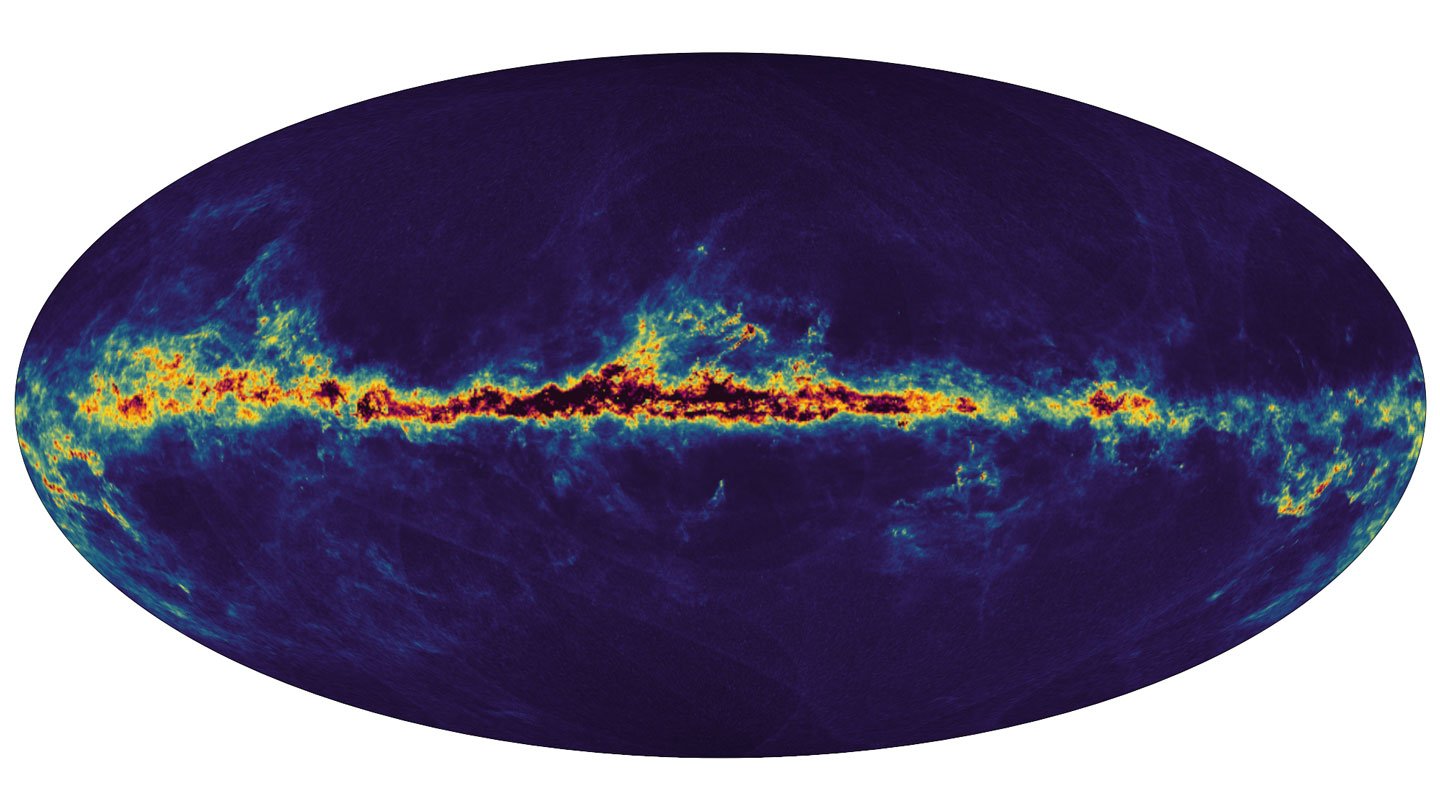Earth and Space Science
Resources and Articles
Will humans be able to inhabit the moon? Caves and lava pits could be the answer.
(Take a quiz on this article—use student code: Venture)
This is aMAZing! Scroll, drag, zoom, and rotate to see Mars up close! All data in the mosaic come from the Context Camera (CTX) onboard the Mars Reconnaissance Orbiter (MRO).
First Map of the Galactic Underworld
Milky Way’s Graveyard of Dead Stars Found – First Map of the “Galactic Underworld”
This Circular Island in Argentina Not Only Floats, But Also Rotates Constantly
So-called floating islands are found in many parts of the world. However, this Argentinean island stands out from the rest because of its shape and its continuous rotation.
Rainbows are Actually Full Circles
So-called floating islands are found in many parts of the world. However, this Argentinean island stands out from the rest because of its shape and its continuous rotation.
A solar-powered balloon mission detected a repeating infrasound noise in the stratosphere. Scientists don't know what is making it.
Webb Space Telescope images, latest news, in-depth articles, and resources. Contains videos, quick facts, and resources in Spanish and English.
10,000 Earth Minerals Catalogued
Earth has over 10,000 minerals. Learn what makes up a mineral and their role in the universe.
Making Outer-Space Living Possible
The Glass’, a cylindrical living architecture with artificial gravity set to be constructed in outer space to make living on Mars and the moon possible.
Geologic Map of the Entire Moon
Are you a lunar explorer? Download and zoom in to see the amazing details it took Chinese scientists 10 years to create. (File size 150 MB)
New Gaia data paint the most detailed picture yet of the Milky Way
Milky Way Snacks? The catalog includes asteroids, galaxies and the stuff between stars for the first time.
Scientists Successfully Grow Plants in soil on the Moon
The NASA research has implications for deep space living, as well as growing plants in harsh conditions on earth.
Satellites Help Count Earth’s Population
Geographers have produced high resolution population maps to support countries with outdated or incomplete census maps.
Earth’s Secret Stash of Underground Water
Explore Earth’s water cycle, aquifers, and how climate change threatens our greatest natural resource.
Eating Too Much Protein Makes Pee a Problem Pollutant in the U.S.
In the U.S., people eat more protein than they need to. And though it might not be bad for human health, this excess does pose a problem for the country’s waterways.
What is the World's oldest Civilization?
Countless civilizations have risen and fallen over the millennia. But which one is the oldest on record?
3D Printing: Scientists Can Now Grow Wood in a Lab Without Cutting a Single tree
Every year, humans cut down about 15 billion trees. This massive deforestation is the root cause of many climate change-driven problems our world is facing at the moment. If it turns out to be successful, lab-grown wood can help us get rid of deforestation once and all.
Twenty Years of Citizen Science Backs up Findings on Coral Bleaching
Volunteer-collected data on coral bleaching has been credited with supporting scientific findings about reef health across the globe.
An image that looks like a trippy Eye of Sauron or splatter of modern art is actually a new detailed look at the Milky Way’s chaotic center, as seen in radio wavelengths.
Native Peoples Harvested Huge Amounts of Seafood Without Harming Ecosystems
A new report in the journal Nature Communications finds that Indigenous communities across North America’s coasts and Australia have successfully harvested local oysters for several thousand years, without depleting the mollusk populations or causing major damage to the surrounding ecosystems.
Antarctica's Blood Red Waterfall
It's not spooky; it's science! On the southern edge of the world, a waterfall runs red as blood. When the iron-rich water comes into contact with the air, it rusts—depositing blood red stains on the ice as it falls.
Man Keeps Rock for Years Hoping it's Gold, but it's Even More Valuable
The researchers published a scientific paper describing the 4.6 billion-year-old meteorite, which they called Maryborough after the town near where it was found.
Science News' Top Space Images of All Time
These are Science News top space images of all time, including Apollo 8th’s Earthrise.
Scientists Steer Lightning Bolts with Lasers for the First Time
The feat, which involved firing powerful laser pulses at thunderclouds over several months last year, paves the way for laser-based lightning protection systems at airports, launchpads and tall buildings.
Huge Rare Earth Metals Discovery in Arctic Sweden
What are rare earth minerals? 17 elements that are used to make a range of products and infrastructure which are increasingly important to everyday life.
Scientists Create New Form of Ice that Might Exist on Ocean Moons
Chemists have discovered a new form of ice, and their work may have major consequences for our understanding of the outer solar system
What has Perseverance found in two years on Mars?
The rover has turned up volcanic rocks, signs of flowing water and some of the materials necessary for life
Part of the Sun has Broken Off and Formed a Vortex
The Sun undergoes activity cycles every 11 or so years, from relatively quiet and peaceful, to absolutely rambunctious































